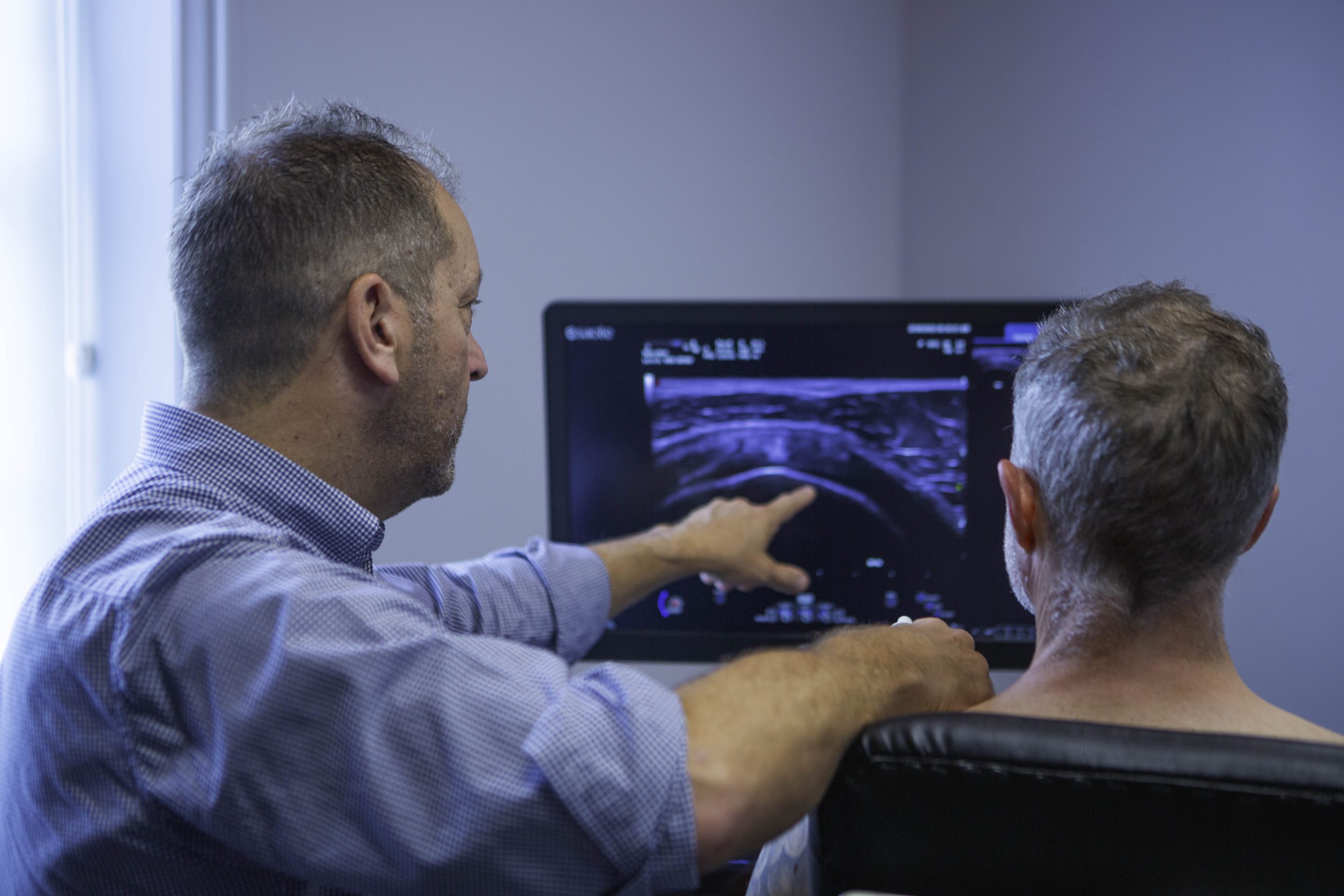Carpal tunnel syndrome | How to treat it
Carpal tunnel syndrome (CTS) is a common condition that affects the hand and wrist. The symptoms can be deeply unpleasant and very disruptive to a good nights sleep. In our previous blog, we covered what carpal tunnel syndrome is, symptoms, causes and how it is diagnosed. Read on for part two of the CTS blog series which covers treatment options.
Treatment options for carpal tunnel syndrome
Treatment for CTS usually begins with conservative physiotherapy interventions and progresses to surgical management if symptoms do not improve.
Physiotherapy for CTS
A physiotherapy treatment plan will be tailored to you as an individual. It will depend upon factors such as the cause of CTS and the duration and severity of symptoms. Ultimately, the goal of treatment is to reduce the pressure on the median nerve as it passes through the carpal tunnel. In turn, the symptoms related to the condition should reduce. Treatment is likely to consist of a combination of the following advice and interventions:
Rest and activity modification advice: It’s is recommended to reduce/eliminate repetitive wrist movements; taking frequent breaks may also help.
Ergonomic advice: Workstation modifications may help to offload the carpal tunnel.
Wrist splints: May be recommended for use at night or whilst carrying out provocative activities.
Nonsteroidal Anti-Inflammatory Drugs (NSAIDs): Medications such as ibuprofen may help reduce inflammation and alleviate pain.
Exercise rehabilitation: Which may consist of stretches, strengthening exercises or nerve glide exercises.
Corticosteroid Injections: A corticosteroid injection into the carpal tunnel can provide temporary relief by reducing inflammation around the median nerve.
Surgical Intervention
If conservative treatments fail and symptoms persist or worsen, surgery may be considered. The most common procedure is a carpal tunnel release. This involves cutting the transverse carpal ligament to relieve pressure on the median nerve. Surgery typically offers good long-term results however rehabilitation and physiotherapy are essential for a full recovery.
Conclusion
Carpal Tunnel Syndrome is a common yet often treatable condition. With early diagnosis and a well-rounded treatment approach—including physiotherapy—many individuals can manage symptoms effectively and avoid the need for surgical intervention.
I think I’ve got CTS…help!
As you will now be aware, as unpleasant as carpal tunnel syndrome is, there’s a lot that can be done about it. Appropriate treatment always starts with an accurate diagnosis. Click here to book online for an assessment with one of our experienced physiotherapists. Or, call our friendly reception team on 0114 2678181 for any further information.










